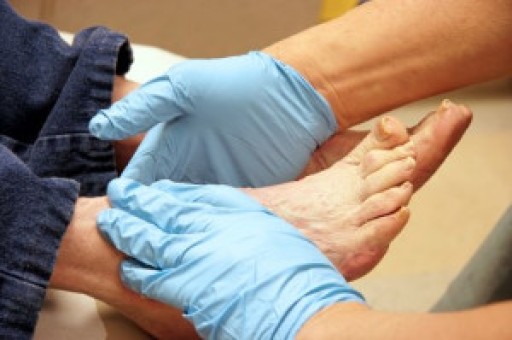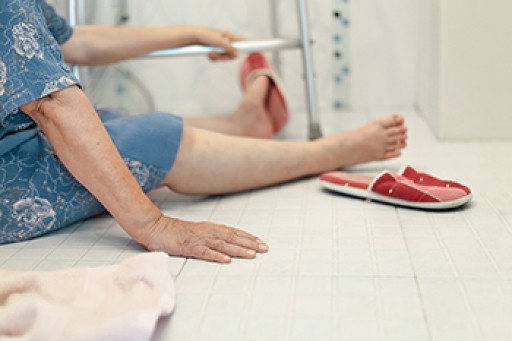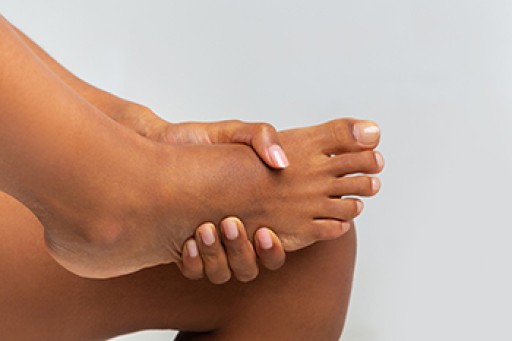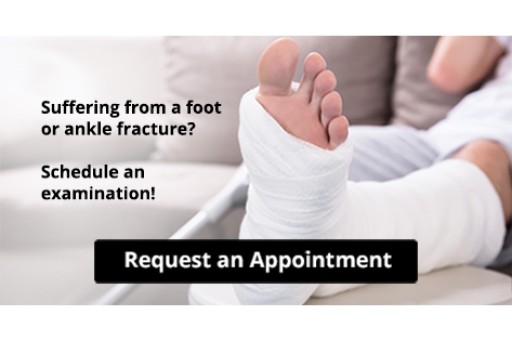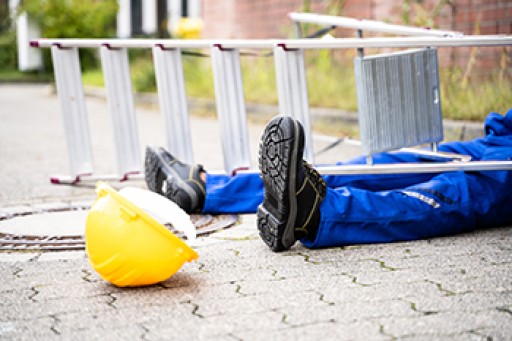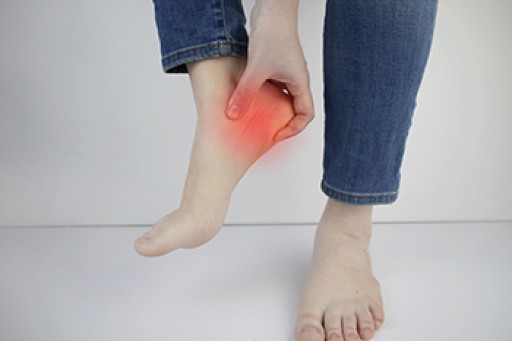
Proper foot care is of utmost importance for individuals with diabetes, as they are more susceptible to foot complications. Diabetic neuropathy, a condition that impairs nerve function, can reduce sensation in the feet, making it challenging to detect injuries or infections. Regular foot inspections, daily washing with lukewarm water, and thorough drying are essential to maintaining foot health. Applying moisturizer to prevent dry skin and wearing shoes that fit well may help to prevent potential wounds. Trimming toenails straight across and avoiding sharp corners can reduce the risk of ingrown toenails. It's crucial to avoid walking barefoot in addition to inspecting shoes for foreign objects before wearing them. By incorporating these simple, yet vital, steps into their routine, individuals with diabetes can safeguard their foot health and minimize the risk of serious complications. If you have diabetes, it is strongly suggested that you are under the care of a podiatrist who can help you to manage this condition.
Diabetic foot care is important in preventing foot ailments such as ulcers. If you are suffering from diabetes or have any other concerns about your feet, contact one of our podiatrists from Lewis Wolstein, DPM, P.C. & Associates. Our doctors can provide the care you need to keep you pain-free and on your feet.
Diabetic Foot Care
Diabetes affects millions of people every year. The condition can damage blood vessels in many parts of the body, especially the feet. Because of this, taking care of your feet is essential if you have diabetes, and having a podiatrist help monitor your foot health is highly recommended.
The Importance of Caring for Your Feet
- Routinely inspect your feet for bruises or sores.
- Wear socks that fit your feet comfortably.
- Wear comfortable shoes that provide adequate support.
Patients with diabetes should have their doctor monitor their blood levels, as blood sugar levels play such a huge role in diabetic care. Monitoring these levels on a regular basis is highly advised.
It is always best to inform your healthcare professional of any concerns you may have regarding your feet, especially for diabetic patients. Early treatment and routine foot examinations are keys to maintaining proper health, especially because severe complications can arise if proper treatment is not applied.
If you have any questions please feel free to contact our office located in Co-Op City, NY . We offer the newest diagnostic and treatment technologies for all your foot and ankle needs.
